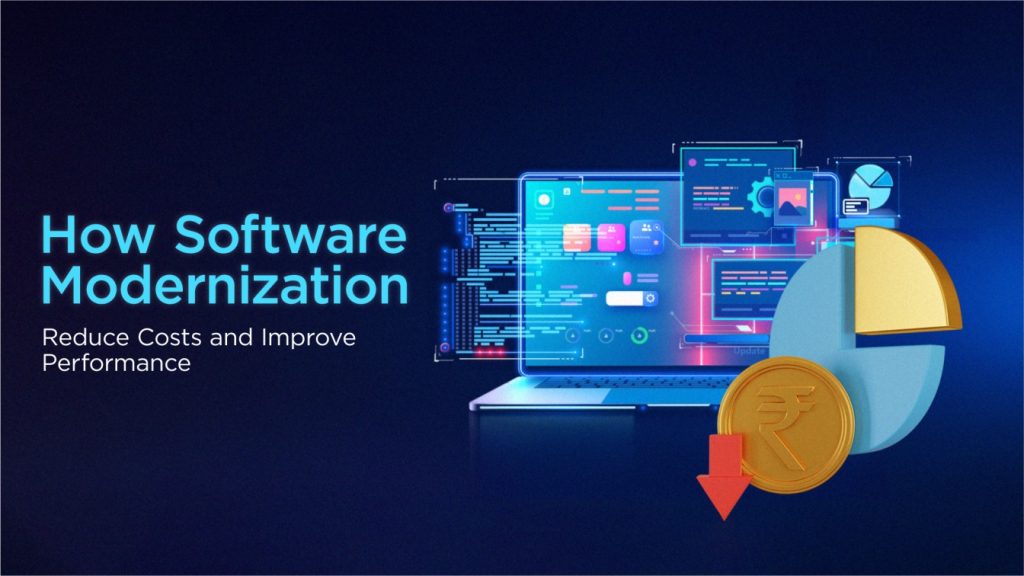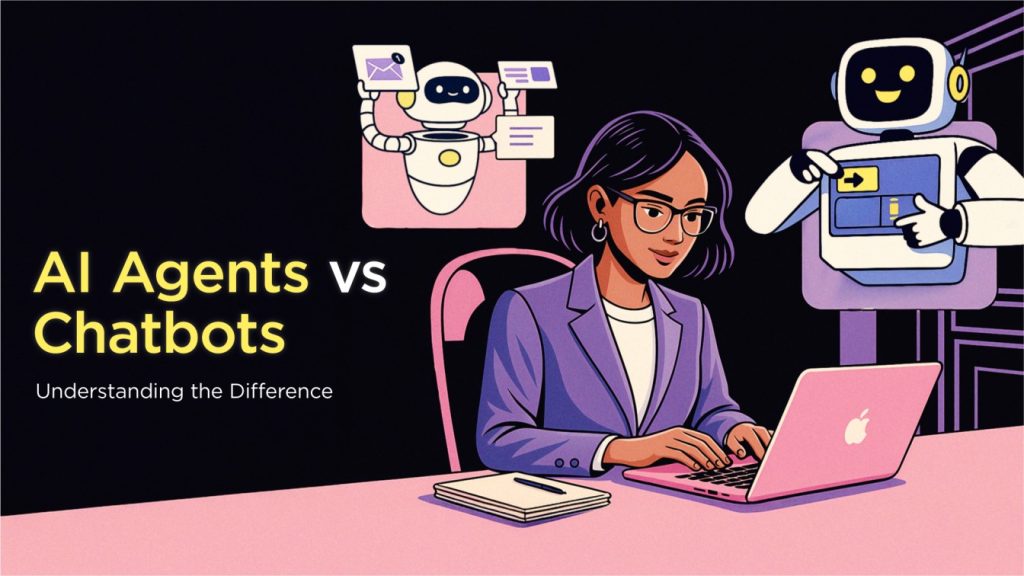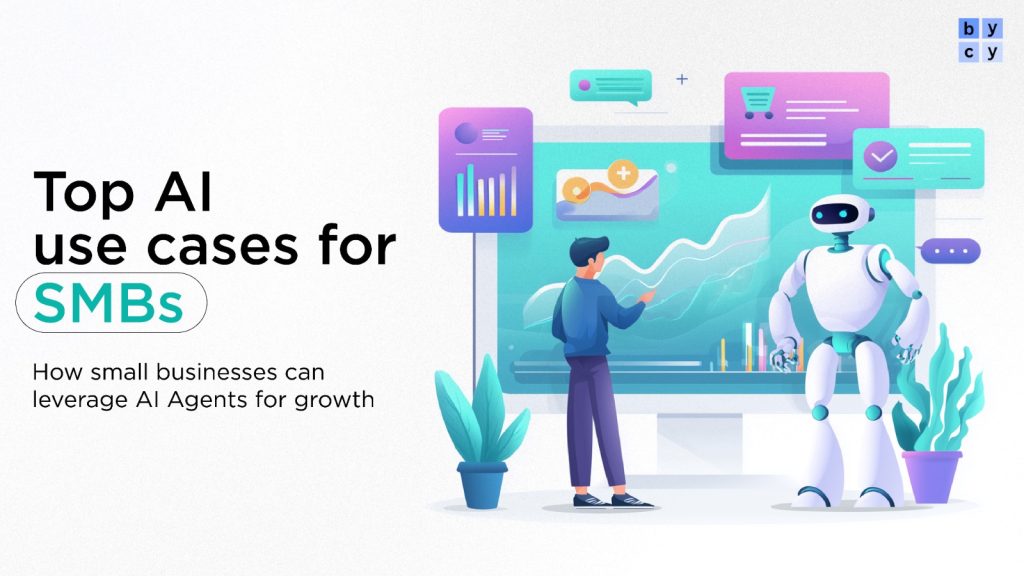Both ElevenLabs and VAPI play significant roles in the voice AI ecosystem, but their technical core and relationship with LLMs differ substantially. While VAPI does act as a wrapper around LLMs, ElevenLabs does not—its core is voice synthesis technology, not language modeling.
Eleven Labs
ElevenLabs is not just a wrapper around LLMs—its core product is AI-powered text-to-speech (TTS), specializing in realistic voice synthesis. While it may use some LLM technology under the hood for tasks like understanding context, emotion, or intent, its primary innovation lies in voice generation, not language modeling per se.
Here’s a breakdown:
- Core technology: ElevenLabs uses deep learning for speech synthesis, likely involving models similar to or evolved from Tacotron, VITS, or their own proprietary architectures. It focuses on generating natural, expressive, human-like speech.
- Not just a wrapper: It doesn’t just take GPT-style output and read it aloud. It creates custom voices, clones voices, and can simulate emotional tone, pacing, and multilingual delivery—which goes beyond what a typical LLM wrapper does.
- Where LLMs might be used: ElevenLabs could integrate LLMs for tasks like:
- Summarizing or rephrasing text before narration
- Understanding tone or sentiment to adjust vocal expression
- Enabling conversational agents in combination with voice
So in short: No, it’s not essentially a wrapper around LLMs. It’s a voice AI company with a distinct technological stack focused on speech, not just language.
Vapi
VAPI (Voice API) is much closer to being a wrapper around LLMs, especially in the context of building voice agents. It’s designed to let developers easily create voice-based AI applications by integrating:
- LLMs (like GPT-4, Claude, or others) for natural language understanding and generation
- Speech-to-Text (STT) for converting user speech into text (e.g., using Whisper or Deepgram)
- Text-to-Speech (TTS) for replying with synthesized voice (e.g., using ElevenLabs or PlayHT)
So what exactly is VAPI doing?
VAPI acts as an orchestration layer or wrapper around:
- STT (understanding voice input)
- LLM (processing and generating responses)
- TTS (generating voice replies)
It abstracts the complexity of integrating all these components individually, allowing developers to:
- Set up phone or web-based voice agents quickly
- Plug in their choice of LLMs and voice services
- Handle interruptions, latency, call management, and more
So is it “just a wrapper”?
Yes and no:
- Yes, in the sense that it wraps powerful tools like GPT, Whisper, ElevenLabs into one easy-to-use interface.
- No, in that it adds value via orchestration, real-time interaction handling, interrupt logic, and call infrastructure.
In short, VAPI is a voice-agent wrapper built on top of LLMs and speech services, aiming to simplify and productize conversational voice AI.
🧠 1. Fundamental Purpose
|
Feature |
ElevenLabs |
VAPI |
|
Primary Focus |
Ultra-realistic Text-to-Speech (TTS) |
Full-stack voice agent orchestration |
|
Core Product |
AI voice synthesis / voice cloning |
Infrastructure to deploy AI voice agents |
|
Use Case |
Convert text into natural-sounding voice |
Let users talk to an LLM using phone or browser |
🛠️ 2. Tech Stack and Architecture
🔈 ElevenLabs
- Uses deep generative audio models (proprietary TTS models)
- Specializes in voice quality, emotion control, multilingualism
- Offers features like voice cloning, speech-to-speech transformation
- Likely uses LLMs internally for emotion modeling or context understanding, but LLMs are not central to the offering
Conclusion: Not a wrapper around LLMs. It’s a standalone voice synthesis engine, often used alongside LLMs in other products (like VAPI, or custom voice assistants).
📞 VAPI (Voice API)
- Built as a voice interface layer on top of:
- LLMs (e.g., OpenAI GPT-4, Claude)
- STT engines (e.g., Whisper, Deepgram)
- TTS engines (e.g., ElevenLabs, PlayHT)
- Provides the tools to manage:
- Conversational flow
- Interruptions & latency
- Audio streaming & telephony (VoIP, PSTN)
- Offers developer SDKs and APIs to wire up voice bots with minimal code
🔄 3. Role of LLMs in Their Architecture
|
Layer |
ElevenLabs |
VAPI |
|
Input Handling |
Purely text (TTS) or speech (voice cloning) |
Speech input via STT |
|
LLM Involvement |
Optional, peripheral (only if externally added) |
Core: all conversations flow through an LLM |
|
Output Handling |
Synthesized speech |
Voice response generated by TTS, usually from LLM output |
|
Wrapper Functionality |
None – it is a “base model” for speech |
Yes – wraps LLM + STT + TTS and manages interaction logic |
⚙️ 4. Developer Use Cases
Scenario
Best with ElevenLabs
Best with VAPI
Creating audiobooks with expressive narration
✅ Yes
❌ No
Building a phone-based AI receptionist
❌ No (needs LLM & call infra)
✅ Yes
Adding humanlike voice to chatbot replies
✅ Yes (integrated with LLM output)
✅ Yes (uses ElevenLabs or other TTS services)
Need end-to-end voice interface
❌ No (just voice synthesis)
✅ Yes (turnkey voice interface for LLMs)
Voice cloning for creators or games
✅ Yes
❌ No
🧩 5. Ecosystem Positioning
- ElevenLabs is a foundational model provider in TTS space, much like OpenAI is in LLMs.
- VAPI is a developer abstraction platform, closer to Twilio or LangChain but focused on real-time voice agents.
- VAPI depends on providers like ElevenLabs and OpenAI to work; ElevenLabs does not depend on LLMs or VAPI to be useful.
⚙️ 4. Developer Use Cases
|
Scenario |
Best with ElevenLabs |
Best with VAPI |
|
Creating audiobooks with expressive narration |
✅ Yes |
❌ No |
|
Building a phone-based AI receptionist |
❌ No (needs LLM & call infra) |
✅ Yes |
|
Adding humanlike voice to chatbot replies |
✅ Yes (integrated with LLM output) |
✅ Yes (uses ElevenLabs or other TTS services) |
|
Need end-to-end voice interface |
❌ No (just voice synthesis) |
✅ Yes (turnkey voice interface for LLMs) |
|
Voice cloning for creators or games |
✅ Yes |
❌ No |
🧩 5. Ecosystem Positioning
- ElevenLabs is a foundational model provider in TTS space, much like OpenAI is in LLMs.
- VAPI is a developer abstraction platform, closer to Twilio or LangChain but focused on real-time voice agents.
- VAPI depends on providers like ElevenLabs and OpenAI to work; ElevenLabs does not depend on LLMs or VAPI to be useful.
🧠 Summary: Are They Wrappers Around LLMs?
|
Company |
Is It a Wrapper Around LLMs? |
Why? |
|
ElevenLabs |
❌ No |
It’s a TTS model provider focused on speech synthesis, not language understanding. |
|
VAPI |
✅ Yes |
It orchestrates LLMs + STT + TTS into a conversational voice interface. |
🧭 Final Thoughts
- If you’re building infrastructure, use VAPI.
- If you’re creating voices or voice-enabled experiences, use ElevenLabs.
- VAPI is excellent if you want a talking AI agent, while ElevenLabs is excellent if you want a talking human-like voice.
- Many developers actually use VAPI + ElevenLabs + OpenAI GPT together to create end-to-end voice bots.



